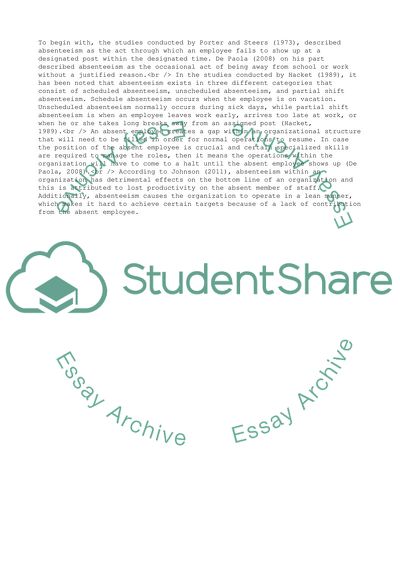Cite this document
(The Impact of Absenteeism on the Bottom Line of an Organization Assignment - 3, n.d.)
The Impact of Absenteeism on the Bottom Line of an Organization Assignment - 3. https://studentshare.org/business/1851927-research-methods
The Impact of Absenteeism on the Bottom Line of an Organization Assignment - 3. https://studentshare.org/business/1851927-research-methods
(The Impact of Absenteeism on the Bottom Line of an Organization Assignment - 3)
The Impact of Absenteeism on the Bottom Line of an Organization Assignment - 3. https://studentshare.org/business/1851927-research-methods.
The Impact of Absenteeism on the Bottom Line of an Organization Assignment - 3. https://studentshare.org/business/1851927-research-methods.
“The Impact of Absenteeism on the Bottom Line of an Organization Assignment - 3”. https://studentshare.org/business/1851927-research-methods.


